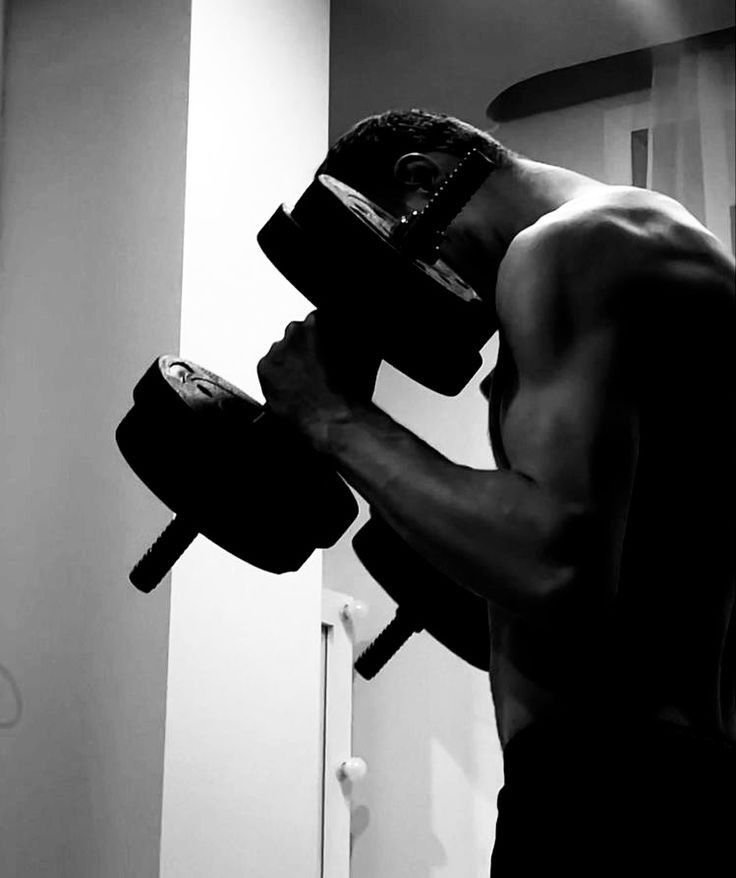Active Rest Day: How to Recover and Stay Active

The Importance of an Active Rest Day
Today, I’m diving into a concept that many top athletes and trainers swear by: active rest. Backed by research from the American Council on Exercise (ACE), active rest days are essential for not only optimal recovery but also for maintaining overall fitness. In this article, I’ll explore what active rest is, why it’s so important for everyone from beginners to seasoned athletes, and how you can incorporate it into your routine for better long-term results.
What is an Active Rest Day?
Active rest involves staying active on your rest days rather than being completely sedentary. The purpose is to promote blood flow, which aids in muscle recovery and keeps your body moving. Examples of activities on an active rest day include walking, jogging, stretching, and mobility exercises.
The Benefits
Promotes Blood Flow
Blood flow is crucial for delivering oxygen and nutrients to muscles, which are essential for repair and recovery. Studies highlighted by the National Strength and Conditioning Association (NSCA) show that engaging in light activities during active rest days not only maintains but enhances blood circulation. This improved circulation accelerates the healing process, helping your muscles recover more quickly after intense workouts.
Prevents Sedentary Habits
Active rest days are key to preventing the pitfalls of a sedentary lifestyle, even on your off days. Research from the American College of Sports Medicine (ACSM) indicates that regular light activity can combat the stiffness and low energy levels often associated with complete rest days. By staying moderately active, you not only maintain your physical fitness but also keep your motivation levels high, ensuring consistency in your fitness journey.
Enhances Flexibility and Mobility
Engaging in stretching and mobility exercises on active rest days is critical for maintaining and even improving joint range of motion. According to fitness experts like those at Bodybuilding.com, these exercises help to prevent stiffness, reduce the risk of injury, and contribute to better overall performance in future workouts. Active recovery is not just about resting but actively working on aspects of your fitness that can enhance your workout quality.
Examples of Activities
Walking or Jogging
One of the simplest and most effective forms of active rest is walking or light jogging. According to experts at Runner’s World, these activities keep your cardiovascular system engaged without putting undue strain on your muscles. Keeping the intensity low ensures that you promote recovery while still reaping the benefits of aerobic exercise, such as improved circulation and mental clarity.
Flexibility and Mobility Training
On an active rest day, incorporate stretching or mobility exercises. Focus on areas that feel tight or need improvement. Primal movements or specific mobility drills can be beneficial, helping to keep your joints flexible and reducing the risk of injury.
Mobility-Dominant Skills
Work on skills that require more mobility than strength, such as handstands. These exercises help maintain flexibility and balance without excessively taxing your muscles or central nervous system (CNS).
Light Calisthenics
For those comfortable with basic calisthenics, performing a light circuit of exercises like push-ups, pull-ups, and squats at 50-75% of your maximum effort can be an ideal way to stay active indoors. Research from the Journal of Strength and Conditioning Research suggests that this approach helps maintain muscle engagement without overworking your muscles or CNS, ensuring that you remain active and engaged without compromising recovery.
Who Should Incorporate Active Rest Days?
Active rest days are beneficial for anyone involved in intense resistance training or regular physical activity. As highlighted by the National Academy of Sports Medicine (NASM), incorporating active rest can significantly aid in recovery, ensuring that your muscles and joints are ready for your next workout. This approach is especially important for those looking to avoid burnout and overtraining while still making progress in their fitness goals.
Structuring Your Rest Day
There is no one-size-fits-all approach to an active rest day. The key is to stay active in a way that you enjoy. Here are a few ideas to help you structure your active rest day:
- Walking or Biking: Go for a leisurely walk or bike ride. These activities are excellent for maintaining cardiovascular health and ensuring you remain active without overexerting yourself.
- Stretching and Mobility: Spend time stretching or doing mobility exercises specific to your needs. This can include yoga, foam rolling, or dynamic stretches that target tight muscle groups.
- Recreational Activities: Engage in activities like kayaking, playing with your kids, or any other light physical activities you enjoy. The goal is to keep moving in a fun and enjoyable way.
- Light Household Chores: Even light household chores like gardening, cleaning, or organizing can serve as effective forms of active rest. These activities keep you moving and contribute to overall fitness.
- Gentle Sports: Participate in gentle sports like swimming, golf, or casual tennis. These activities provide a good balance of light exercise and enjoyment, making your rest day both productive and fun.
Why It Matters
An active rest day is not just about physical recovery; it also has mental benefits. Rest days are crucial for mental refreshment. Engaging in light, enjoyable activities on an active rest day can help you maintain a balanced state of mind, reducing stress and preventing burnout. As noted by experts at Verywell Fit, this mental break is vital for long-term consistency and enjoyment in your fitness routine.
Mental Refreshment
Rest days can serve as a mental break from the intense focus required during regular workouts. Engaging in light, enjoyable activities can refresh your mind and improve overall well-being.
Social Interaction
Active rest days also offer a perfect opportunity for social interaction, which is often overlooked in fitness routines. Whether it’s a casual game of tennis or a walk in the park with friends, these activities not only keep you active but also strengthen social bonds. According to Men’s Health, integrating social activities into your active rest days can make your fitness journey more enjoyable and sustainable.
Conclusion
Active rest days are an essential part of any fitness routine, especially for those who engage in intense resistance training. They promote recovery, prevent sedentary habits, and enhance overall flexibility and mobility. Remember, the goal is to stay active without overexerting yourself. By incorporating active rest into your routine, you can ensure better recovery, maintain a healthy habit of movement, and enjoy a balanced approach to fitness. So, next time you plan your rest day, think of it as an active rest day and choose activities that keep you moving and feeling great.



